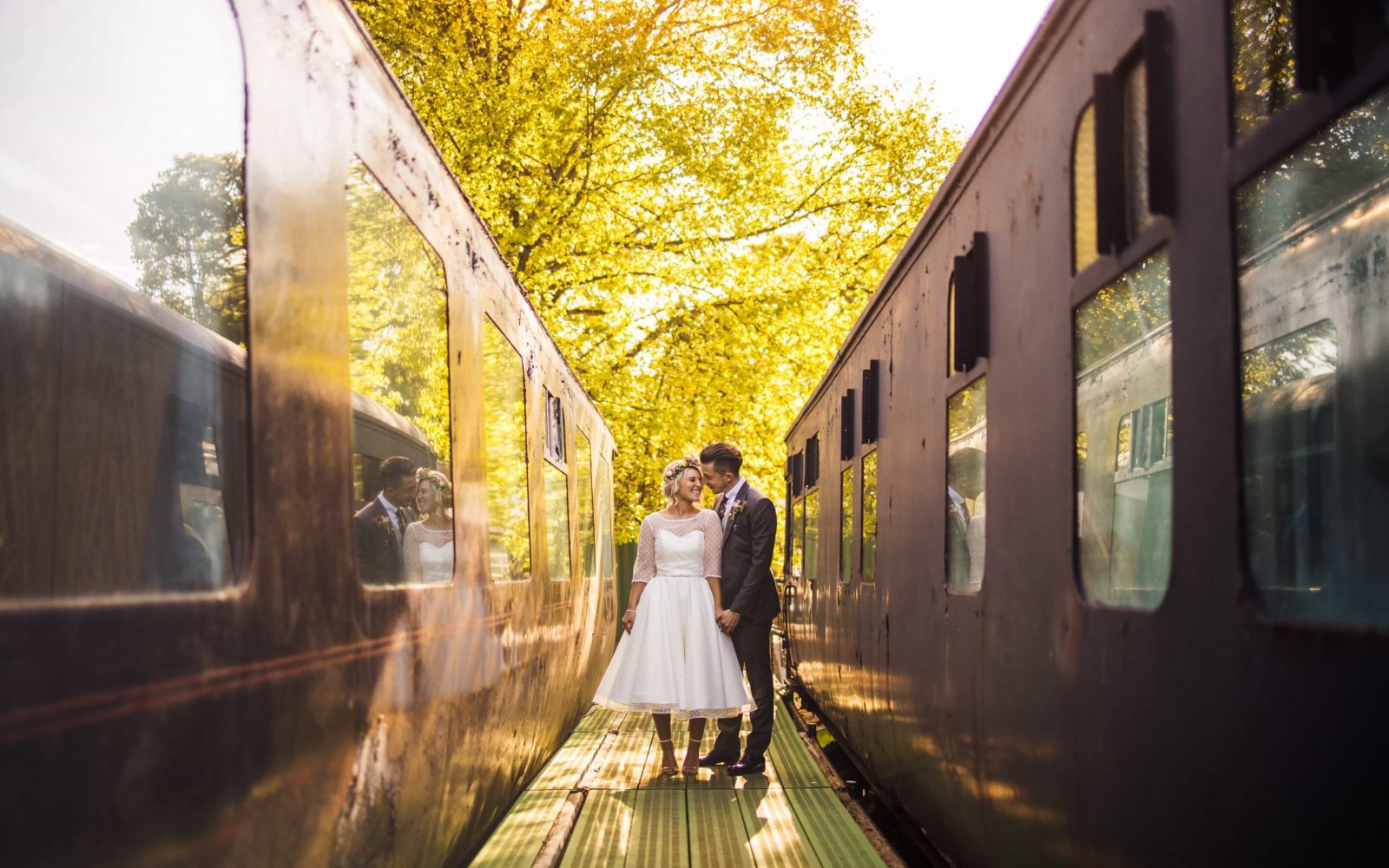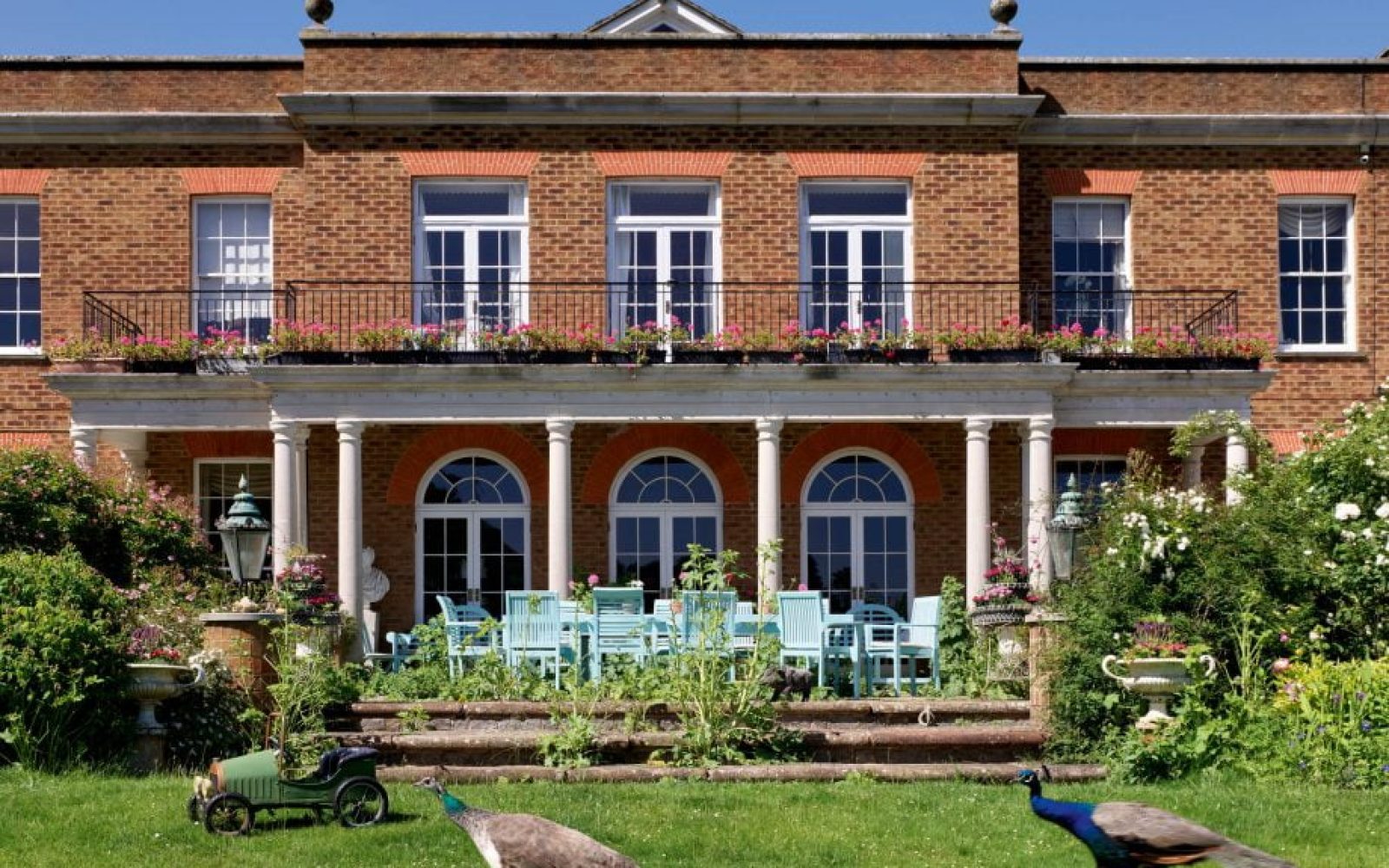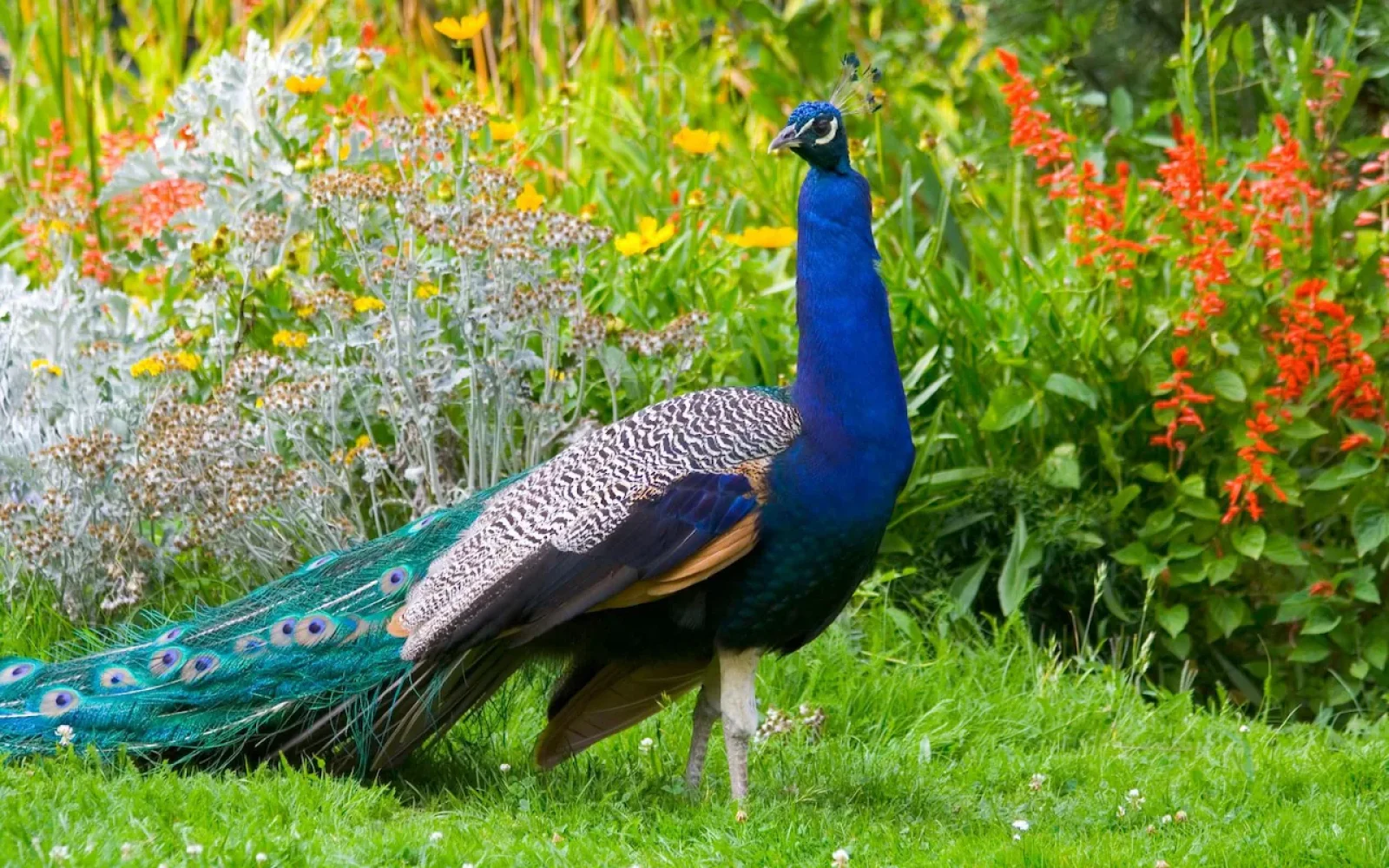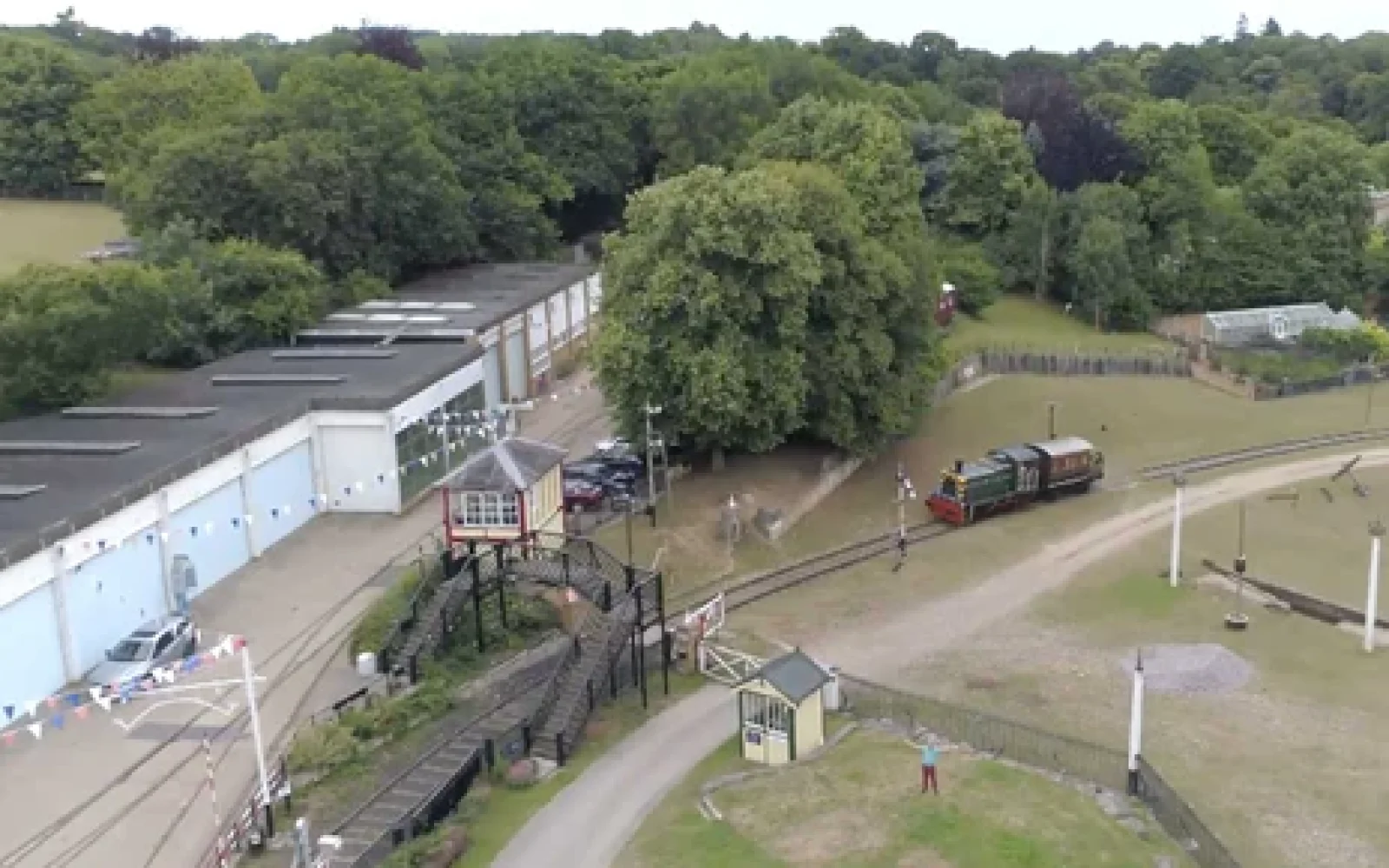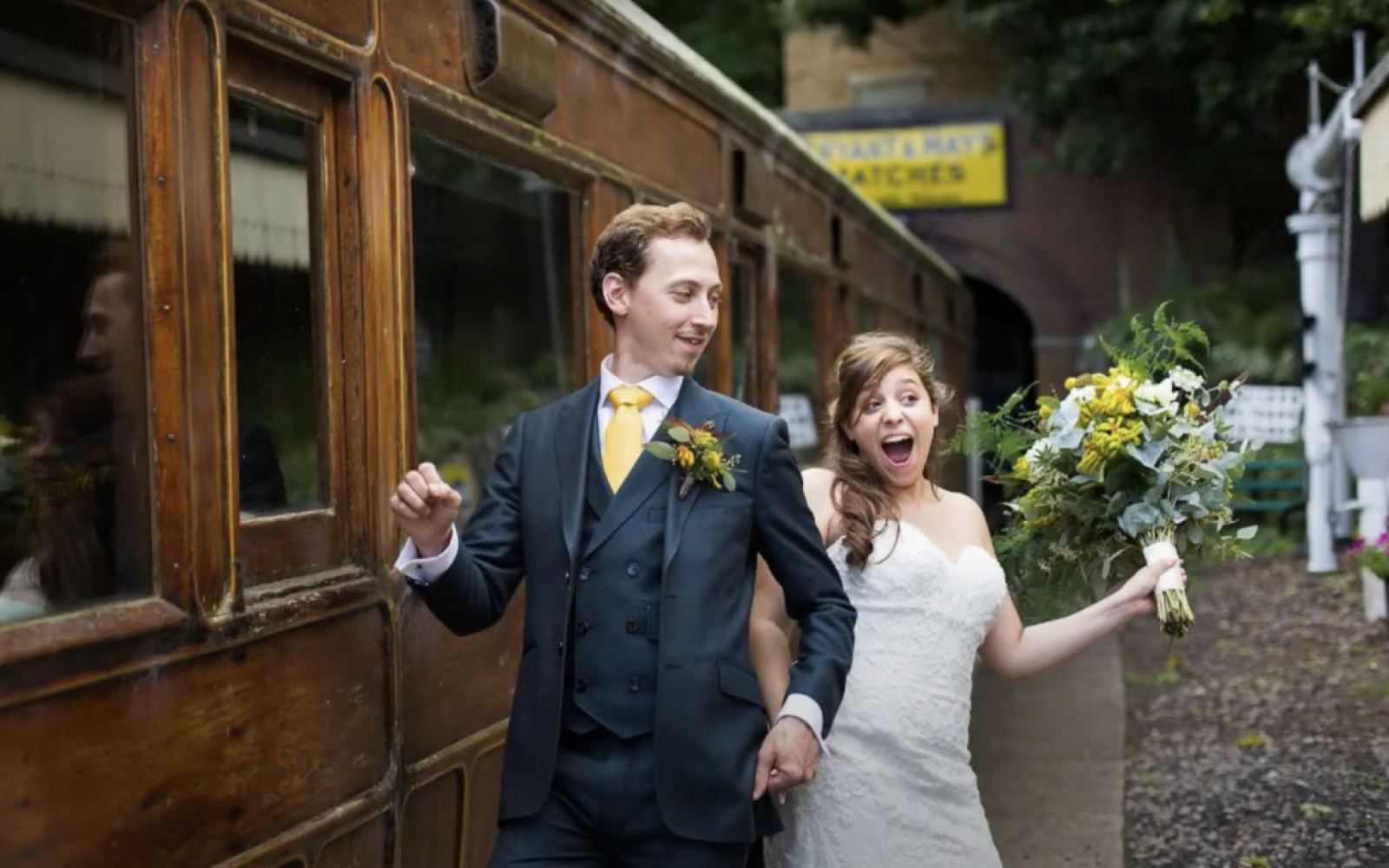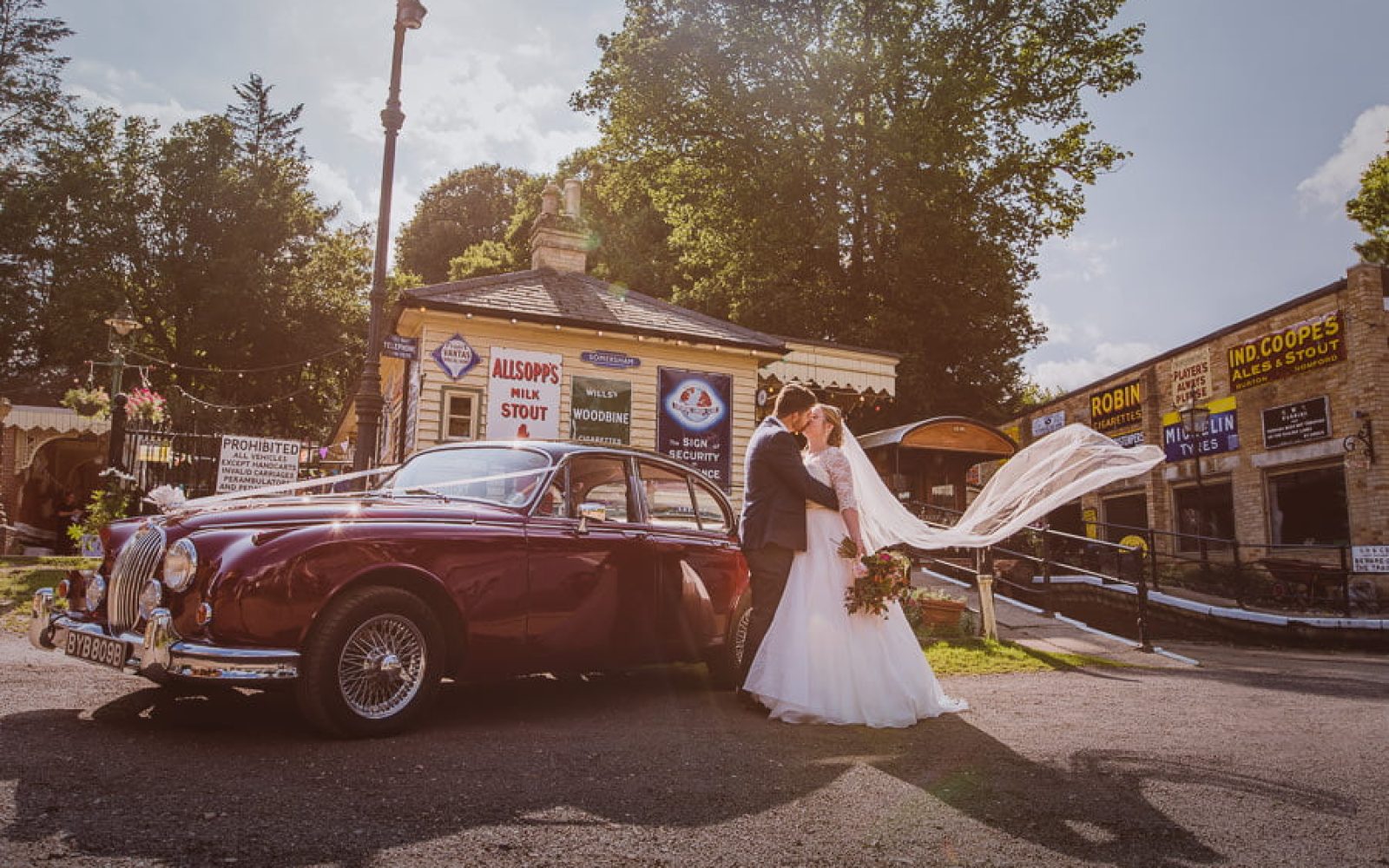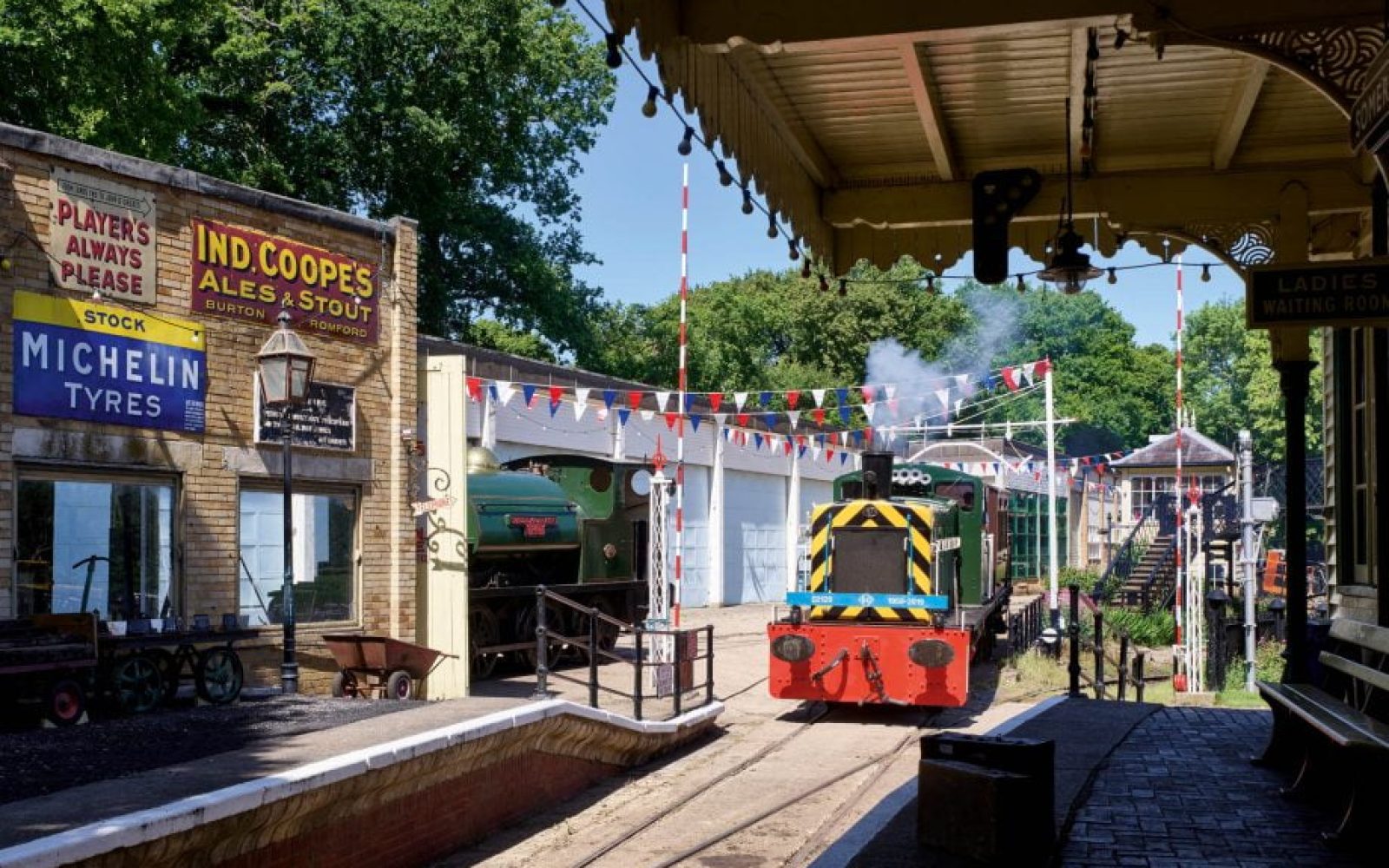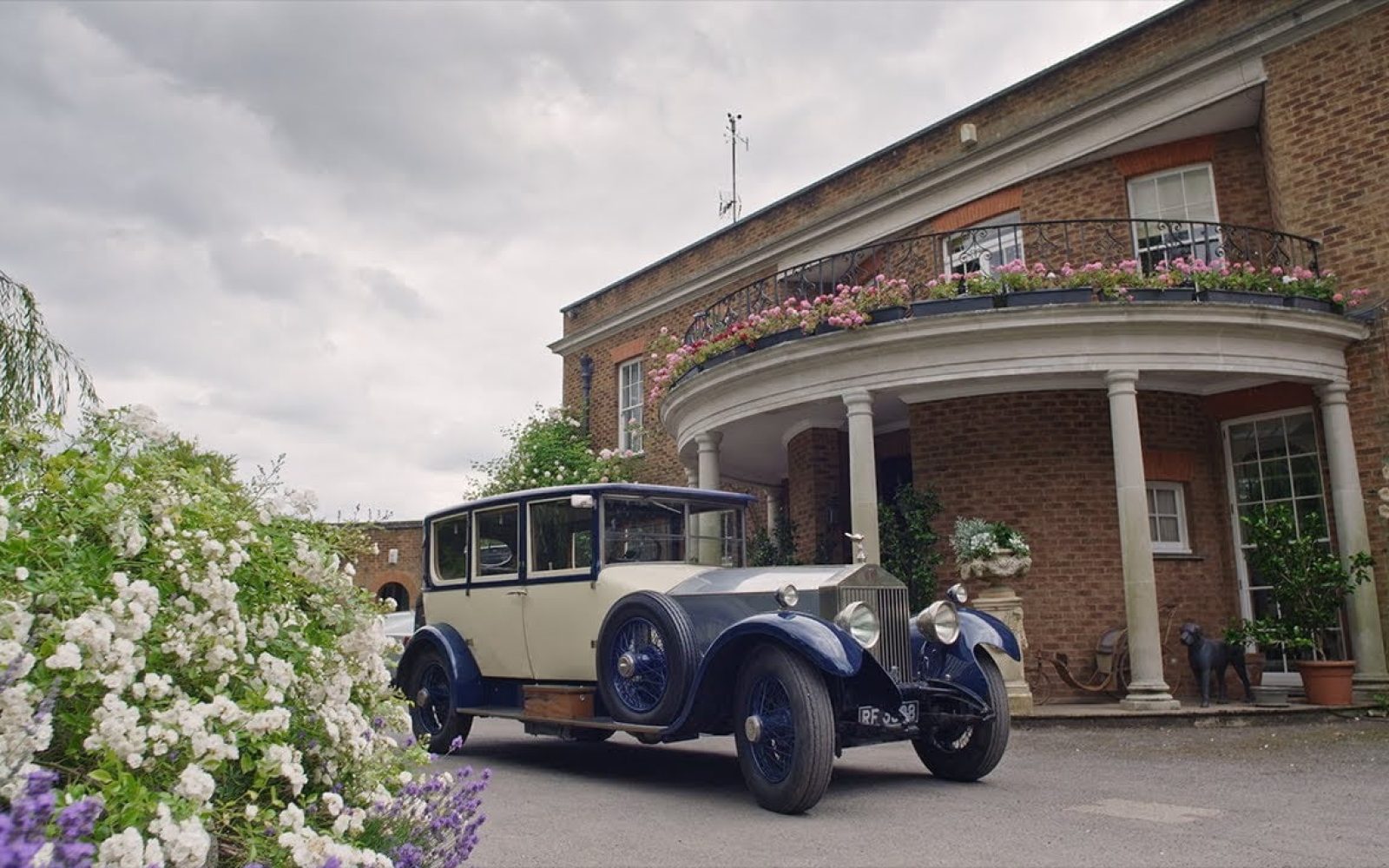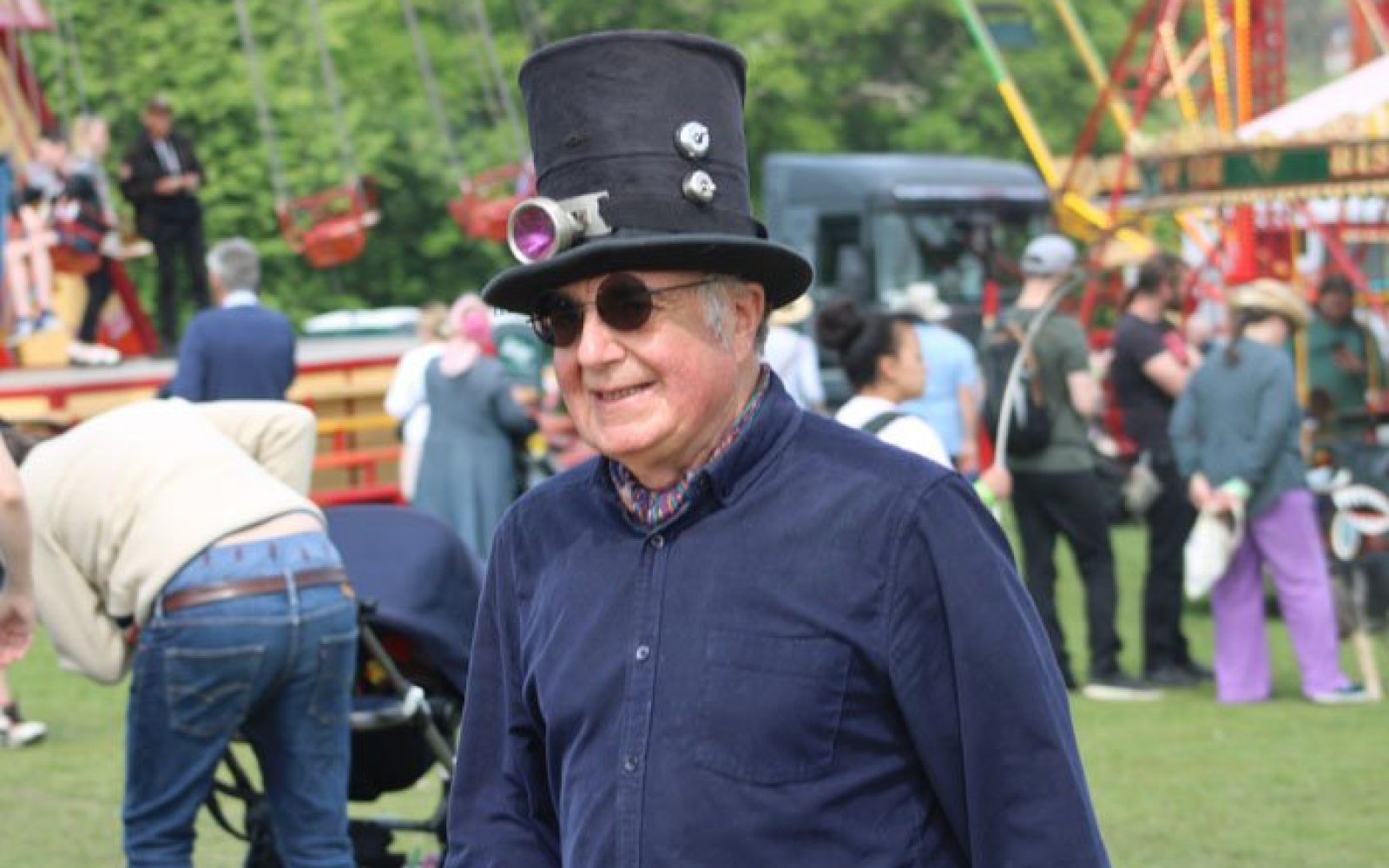About Fawley Hill
A Brief Look At the estate
Fawley Hill is the private estate of Sir William and Lady McAlpine in the heart of the English countryside. Once described by Country Life magazine as ‘the most bonkers estate in Britain’, it is home to a restored Victorian railway station, the steepest standard gauge railway track in the world, a railway museum and over 20 animal species.
Fawley Hill hosts regular steam rallies and events and is also available for weddings and private hire (corporate events, conferences, film & TV).
The Railway Station & Museum
“The astonishing assemblage of buildings, machinery and memorabilia at Fawley Hill, Buckinghamshire — the home of Lady McAlpine and the late Sir William McAlpine — is testimony to one man’s remarkable enthusiasm for the railways.”
– Marcus Binney, Country Life.
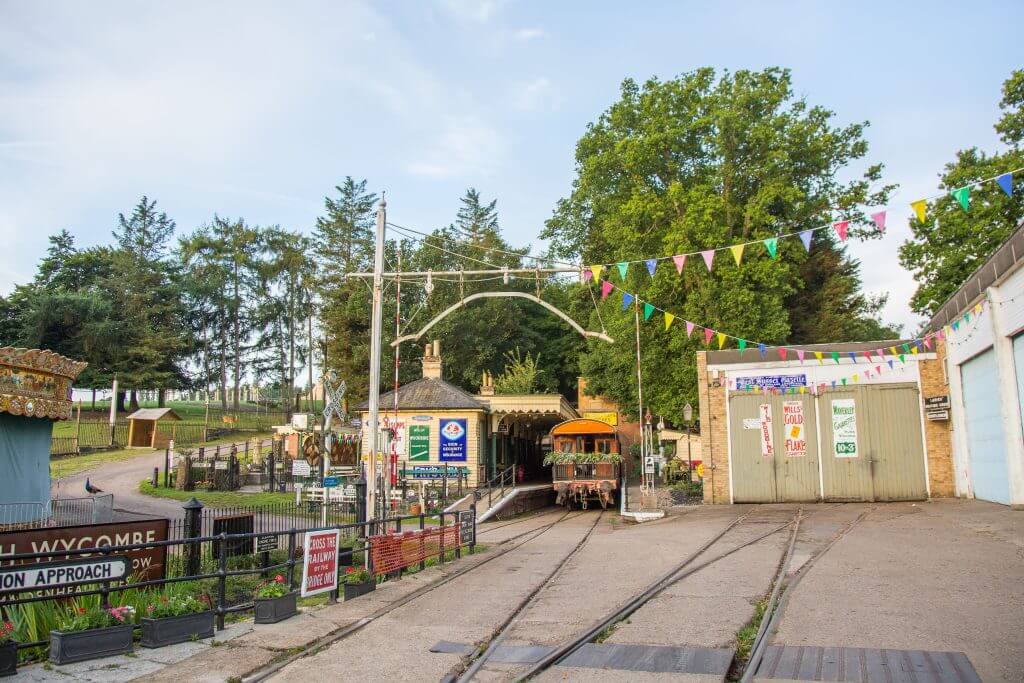
The railway began slowly and No. 31 came in its early days: McAlpine’s very last working engine but even she was to be sold for scrap: so Sir William paid her scrap value and said “Send her home.” The story of her progress across the fields to Fawley Hill made it into the national papers. So, as the terrible race to “modernise” gripped the country and historic buildings were pulled down and replaced with concrete boxes (admittedly many being built by McAlpines!) or worse and stations began to close, with so much being broken up, melted down, thrown away: Sir William kept saying “Send it home”.. and everything that came here was carefully preserved and lovingly placed in the garden or the museum which had started life as a home for his traction engines and the family car collection.
Eventually, of course, an entire station building was saved, sliced up, loaded onto lorries and brought here from Somersham to be reassembled and to play its part in the magic that is Fawley. Often parked in the station is “GE 1″ the beautiful wooden private Saloon built for the Chairman of the Great Eastern Railway. Being Canadian, he had it built with a “balcony” on which, presumably, to smoke his cigars as he toured his empire. Two carriages from Royal Trains joined the collection: one Her Majesty’s private carriage and one the nursery coach for Prince Charles and Princess Anne. They are now permanently parked and and provide occasional spare bedrooms.
To this day the museum and railway are maintained and operated by a wonderful team of volunteers. If you are interested in learning more, visiting the Railway and Museum or even joining as a volunteer, click HERE to visit the Fawley Museum website.
The Railway Station & Museum
“The astonishing assemblage of buildings, machinery and memorabilia at Fawley Hill, Buckinghamshire — the home of Lady McAlpine and the late Sir William McAlpine — is testimony to one man’s remarkable enthusiasm for the railways.”
– Marcus Binney, Country Life.
The railway began slowly and No. 31 came in its early days: McAlpine’s very last working engine but even she was to be sold for scrap: so Sir William paid her scrap value and said “Send her home.” The story of her progress across the fields to Fawley Hill made it into the national papers. So, as the terrible race to “modernise” gripped the country and historic buildings were pulled down and replaced with concrete boxes (admittedly many being built by McAlpines!) or worse and stations began to close, with so much being broken up, melted down, thrown away: Sir William kept saying “Send it home”.. and everything that came here was carefully preserved and lovingly placed in the garden or the museum which had started life as a home for his traction engines and the family car collection.
Eventually, of course, an entire station building was saved, sliced up, loaded onto lorries and brought here from Somersham to be reassembled and to play its part in the magic that is Fawley. Often parked in the station is “GE 1″ the beautiful wooden private Saloon built for the Chairman of the Great Eastern Railway. Being Canadian, he had it built with a “balcony” on which, presumably, to smoke his cigars as he toured his empire. Two carriages from Royal Trains joined the collection: one Her Majesty’s private carriage and one the nursery coach for Prince Charles and Princess Anne. They are now permanently parked and and provide occasional spare bedrooms.
To this day the museum and railway are maintained and operated by a wonderful team of volunteers. If you are interested in learning more, visiting the Railway and Museum or even joining as a volunteer, click HERE to visit the Fawley Museum website.
The Animal Sanctuary
“There have been some escapees, though – a capybara once decided he’d rather hang out by the river in Henley, and a lemur (they have three different species of them) made a break for it in the middle of the local primary school’s performance of A Midsummer Night’s Dream in their gardens.”
– Francesca Carington, Tatler.
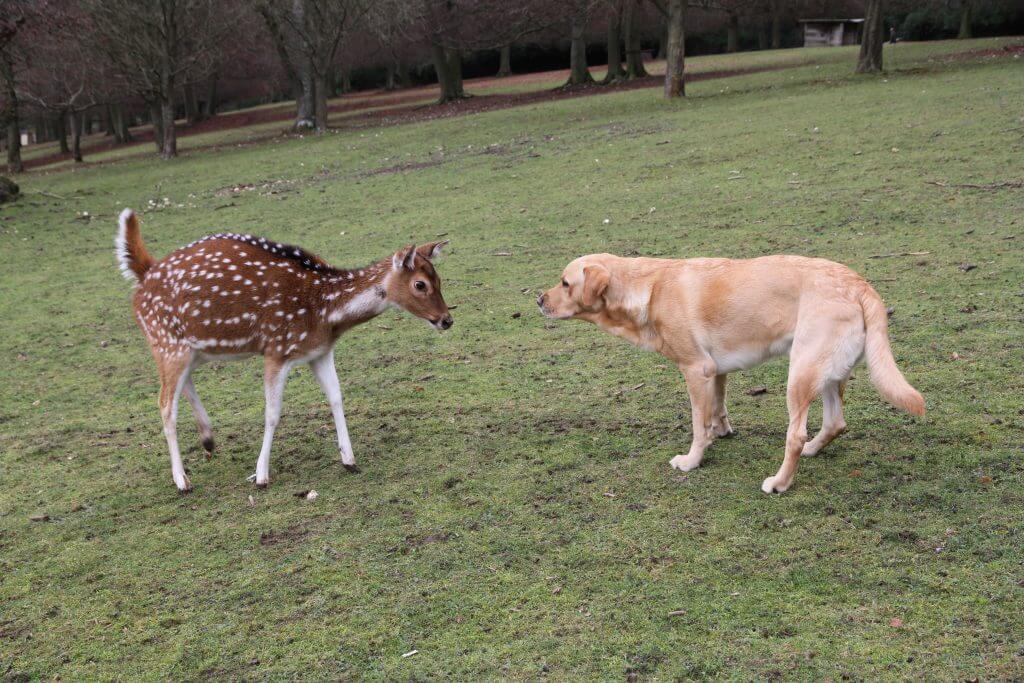
As many people are aware, Fawley Hill is also an Animal Sanctuary as accidental in its conception as was the railway.
Sir William had been involved with ZSL (London & Whipsnade Zoos) for longer than he cared to remember. He discovered very early on that while all the Zoos in the world (but we concentrate on Europe) constantly move animals around in order to prevent inbreeding and to conserve species which are dying out in the wild, there comes a point with most species where there is an imbalance: too many males usually (no, girls, you should not laugh! where would we be without them?) This is where we come in. Zoos cannot afford to keep “spare” men who just loaf about and need feeding: so they come to us. Here they live virtually wild. We feed each day and there are plenty of houses and shelters but none are allocated and no-one makes the animals “go to bed” at night.
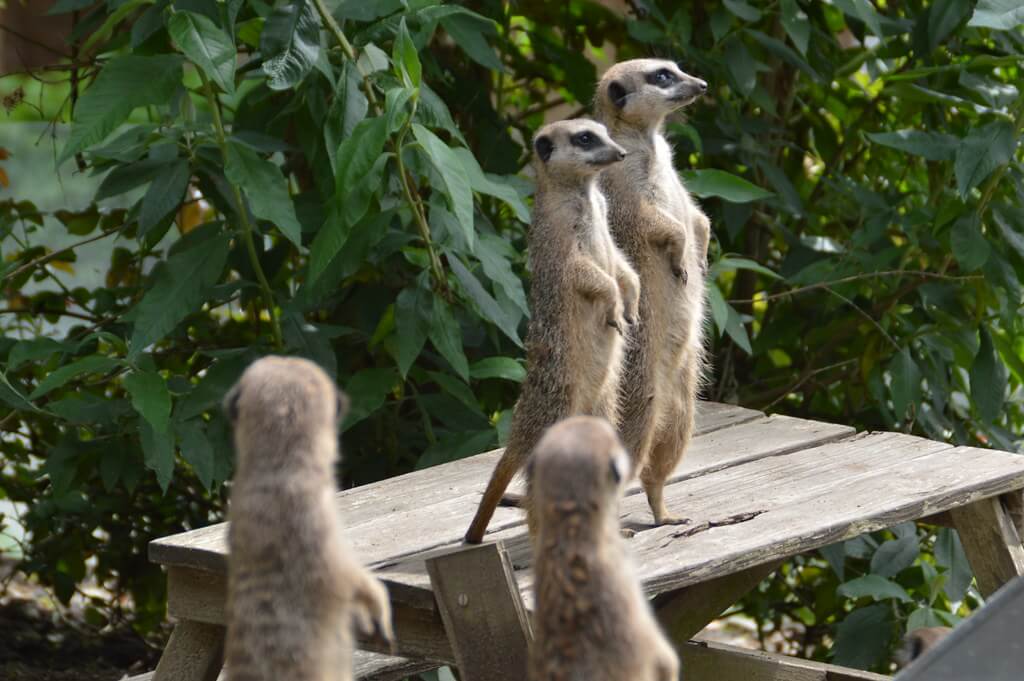
As many people are aware, Fawley Hill is also an Animal Sanctuary as accidental in its conception as was the railway.
Sir William had been involved with ZSL (London & Whipsnade Zoos) for longer than he cared to remember. He discovered very early on that while all the Zoos in the world (but we concentrate on Europe) constantly move animals around in order to prevent inbreeding and to conserve species which are dying out in the wild, there comes a point with most species where there is an imbalance: too many males usually (no, girls, you should not laugh! where would we be without them?) This is where we come in. Zoos cannot afford to keep “spare” men who just loaf about and need feeding: so they come to us. Here they live virtually wild. We feed each day and there are plenty of houses and shelters but none are allocated and no-one makes the animals “go to bed” at night.
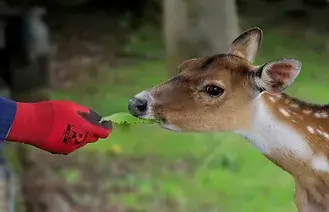
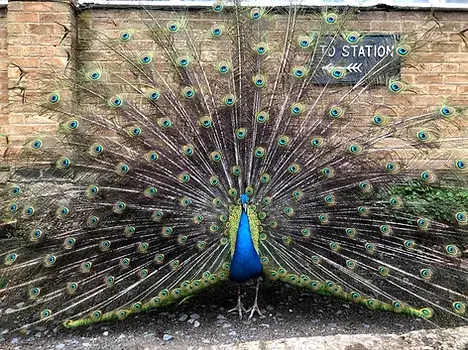
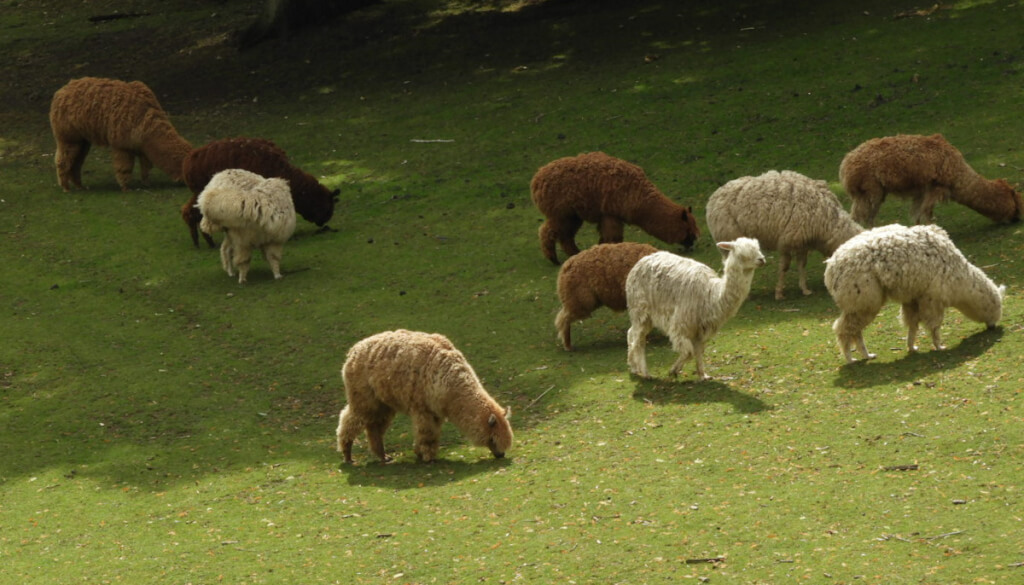
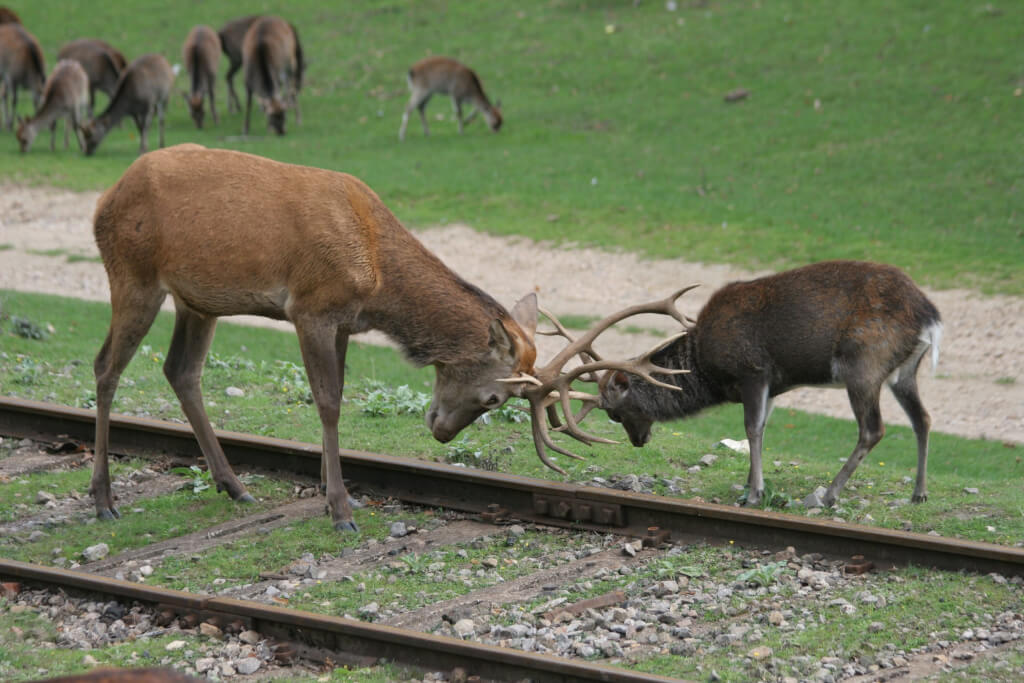

We don’t approve of “cages” but some of our animals do need their own enclosures to prevent them pottering into Henley when they feel like it. This is not a joke: the wallabies did: but now although they COULD, they don’t bother. Some idiot once opened our gate, allowing our ancient Tapir to wander down to the Marlow road where, fortunately, she found a tub of pansies so stopped to eat them, enabling someone to call us and we were able to walk her back up. The Capybaras spent two weeks in the centre of Henley before anyone noticed them, but they too seem now to be content here. Two of our male coatis were chased out by the women and one has been seen at Frieth and one at Marlow! So we have made it harder for them to go walkabout. But they ALL have far more land to call their own than a zoo could afford to give them.
One of the most wonderful experiences is to go out feeding early in the morning with our wonderful Estate Manager who is hugely knowledgable and loves sharing his knowledge and “his” animals. It is as close to being Dr. Doolittle as you will ever get. To see so many different animals milling around you, being remarkably polite to each other and to you, is surreal.
We have been asked to list the animals who live here: so, starting with cats, dogs, a multitude of hens, ducks and geese, a plethora of goats; we have red, fallow, roe, axis, sika and hog deer, sitatunga, addax, barasinga, wallabies, reas, emus, peacocks, tapirs, capybaras, alpaca, guanaco, llamas, racoons, coatis, meerkats, porcupines, maras, chinchillas, rabbits, tortoises and lemurs. Our old oryx and nilgai have died of extreme old age and we hope to have some more soon. It is rumoured that there are wolves in the wood that surrounds the park … so don’t try climbing the fence!
The Animal Sanctuary
“There have been some escapees, though – a capybara once decided he’d rather hang out by the river in Henley, and a lemur (they have three different species of them) made a break for it in the middle of the local primary school’s performance of A Midsummer Night’s Dream in their gardens.”
– Francesca Carington, Tatler.
As many people are aware, Fawley Hill is also an Animal Sanctuary as accidental in its conception as was the railway.
Sir William had been involved with ZSL (London & Whipsnade Zoos) for longer than he cared to remember. He discovered very early on that while all the Zoos in the world (but we concentrate on Europe) constantly move animals around in order to prevent inbreeding and to conserve species which are dying out in the wild, there comes a point with most species where there is an imbalance: too many males usually (no, girls, you should not laugh! where would we be without them?) This is where we come in. Zoos cannot afford to keep “spare” men who just loaf about and need feeding: so they come to us. Here they live virtually wild. We feed each day and there are plenty of houses and shelters but none are allocated and no-one makes the animals “go to bed” at night.
As many people are aware, Fawley Hill is also an Animal Sanctuary as accidental in its conception as was the railway.
Sir William had been involved with ZSL (London & Whipsnade Zoos) for longer than he cared to remember. He discovered very early on that while all the Zoos in the world (but we concentrate on Europe) constantly move animals around in order to prevent inbreeding and to conserve species which are dying out in the wild, there comes a point with most species where there is an imbalance: too many males usually (no, girls, you should not laugh! where would we be without them?) This is where we come in. Zoos cannot afford to keep “spare” men who just loaf about and need feeding: so they come to us. Here they live virtually wild. We feed each day and there are plenty of houses and shelters but none are allocated and no-one makes the animals “go to bed” at night.





We don’t approve of “cages” but some of our animals do need their own enclosures to prevent them pottering into Henley when they feel like it. This is not a joke: the wallabies did: but now although they COULD, they don’t bother. Some idiot once opened our gate, allowing our ancient Tapir to wander down to the Marlow road where, fortunately, she found a tub of pansies so stopped to eat them, enabling someone to call us and we were able to walk her back up. The Capybaras spent two weeks in the centre of Henley before anyone noticed them, but they too seem now to be content here. Two of our male coatis were chased out by the women and one has been seen at Frieth and one at Marlow! So we have made it harder for them to go walkabout. But they ALL have far more land to call their own than a zoo could afford to give them.
One of the most wonderful experiences is to go out feeding early in the morning with our wonderful Estate Manager who is hugely knowledgable and loves sharing his knowledge and “his” animals. It is as close to being Dr. Doolittle as you will ever get. To see so many different animals milling around you, being remarkably polite to each other and to you, is surreal.
We have been asked to list the animals who live here: so, starting with cats, dogs, a multitude of hens, ducks and geese, a plethora of goats; we have red, fallow, roe, axis, sika and hog deer, sitatunga, addax, barasinga, wallabies, reas, emus, peacocks, tapirs, capybaras, alpaca, guanaco, llamas, racoons, coatis, meerkats, porcupines, maras, chinchillas, rabbits, tortoises and lemurs. Our old oryx and nilgai have died of extreme old age and we hope to have some more soon. It is rumoured that there are wolves in the wood that surrounds the park … so don’t try climbing the fence!


